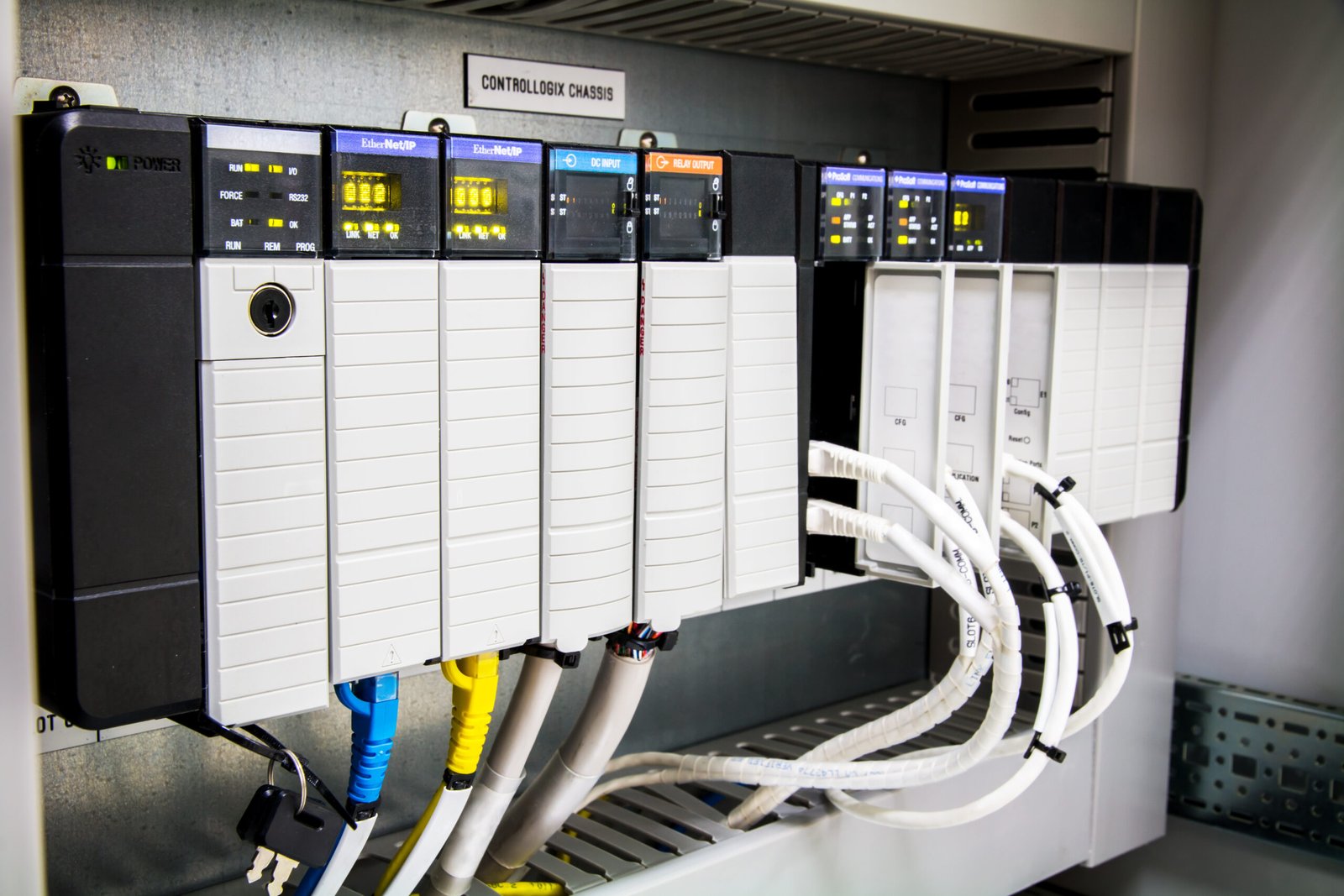Understanding Variable Frequency Drives And Applications

Overview
Variable Frequency Drives (VFDs) are a key component of industrial automation systems. VFDs are used to control the speed and torque of an electric motor, and in a wide variety of applications ranging from HVAC systems to motion control systems. Understanding the advantages, types and parameters of VFDs can help ensure that they are properly utilised in a given application.
This blog post will provide an overview of VFDs, the various applications they are used in, the advantages and disadvantages of using them, and the challenges that can arise from using VFDs.
With this understanding, readers should have a better idea of how to properly utilise VFDs in their applications.
Advantages of Variable Frequency Drives
VFDs offer many advantages over traditional motor control systems. One of the big advantages of VFDs is their energy conservation capabilities. By controlling motor speed and torque, VFDs can help reduce overall energy usage, saving costs over time.
In addition to saving energy, VFDs also allow for smoother control over the motor. This means that the motor can be operated with finer precision and accuracy, resulting in a better-performing system.
Finally, VFDs can also increase the life of the motor, as the motor is not being forced to operate at high speeds or run at full torque all the time.

Types of Variable Frequency Drives
VFDs come in two main types: standard and intelligent. Standard VFD are used in applications where the speed and torque need to be adjusted, but the control system is relatively simple.
Intelligent VFDs, on the other hand, are used in more complex applications, as they are able to control multiple motors and have sophisticated control systems. Intelligent VFDs are also more expensive than standard VFDs.
Understanding VFD Parameters
When using a VFD, it’s important to understand the various parameters associated with it. One of the key parameters is voltage, which determines the amount of power delivered to the motor. Frequency is another important parameter that determines the speed at which the motor runs. Finally, power is also important, as it determines the amount of torque that the motor is able to deliver.
Challenges of Variable Frequency Drives
Although Variable Frequency Drives offer many advantages, they can also present certain challenges. One of the main challenges is voltage sag, which is when the voltage delivered to the motor decreases due to a sudden change in load or power supply.
Another challenge is frequency distortion, which is when the frequency of the power delivered to the motor is distorted due to noise or other factors.
Finally, VFDs can also produce acoustic noise, which can be annoying in certain applications.
Conclusion
In conclusion, Variable Frequency Drives are a key component of industrial automation systems and have become an important part of many industries. Understanding the advantages, types, parameters and challenges of VFDs can help ensure that they are properly utilised in a given application.
VFDs can help to reduce energy costs, provide smoother motor control and increase motor life, but they can also come with certain challenges such as voltage sag, frequency distortion and acoustic noise.
With this understanding, readers should have a better idea of how to properly utilise VFDs in their applications.
Related Posts

Benefits of Investing in High-Quality Hydraulic Pumps for Dump Trailers

How EL-SIE-1 Temperature Data Logger Improve Measurement and Recording?

